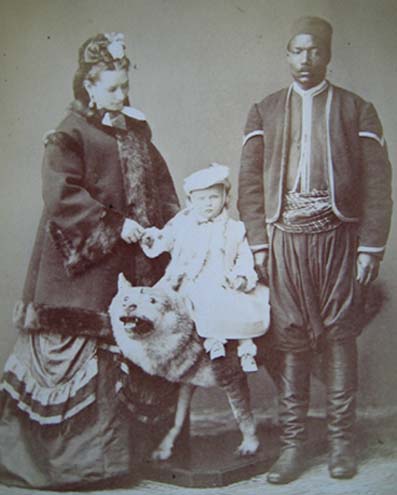 |
| The Empress Elizabeth Alexeievna painted by Elisabeth Vigee Le Brun when she was still a Grand Duchess. |
Judging from her portraits and the written descriptions of her by contemporaries, Elizabeth was an exceptionally beautiful woman. Beauty and charm are all the hallmarks of almost all Russian empresses, but popular opinion puts that she is the most beautiful of the last five empresses-consort of Russia. No wonder why many poets, writers and musicians throughout Elizabeth's lifetime dedicated their works to her, among them were Alexander Pushkin, Nikolai Karamzin, and Vasily Zhukovsky. Her angelic beauty, gentle disposition, and cultivated mind made her the star of the Russian court.
While she never truly won the heart of her husband and that of his family, she was well-loved by the Russian masses, the aristocracy, the courtiers, and even foreign visitors in Russia who were lucky to have the opportunity to meet and know her personally. She was indeed an “angel”, as described by Prince Czartoryski – the only man who had genuinely loved her in life and cherished her memory in death.


